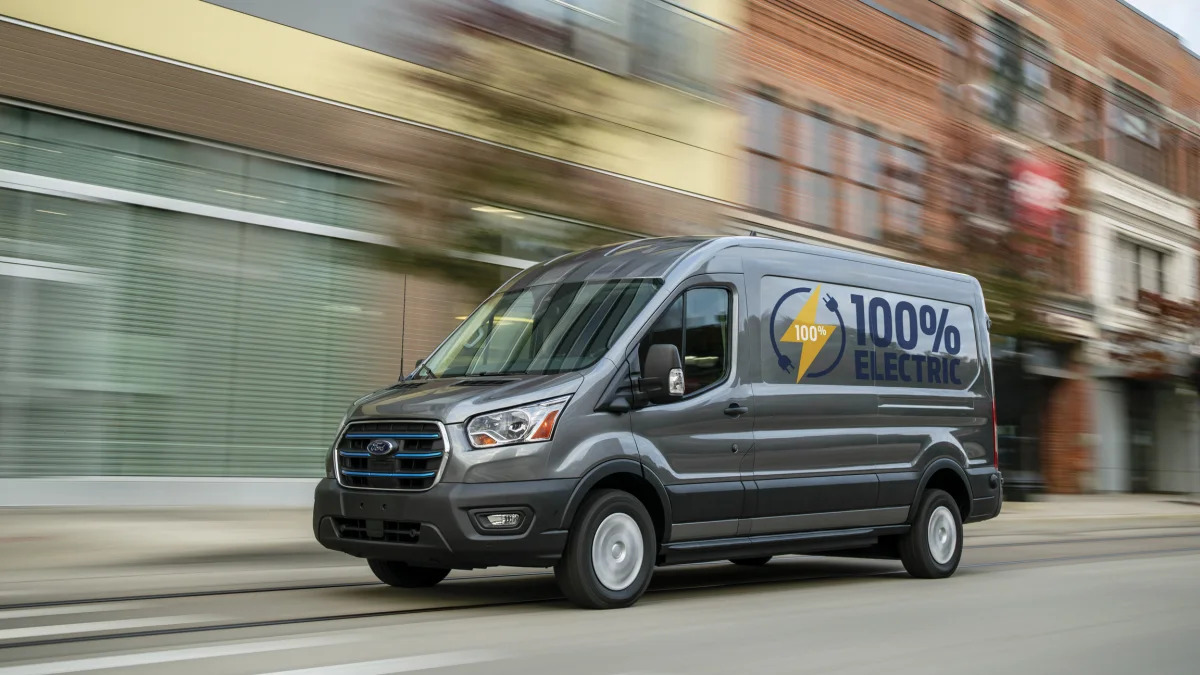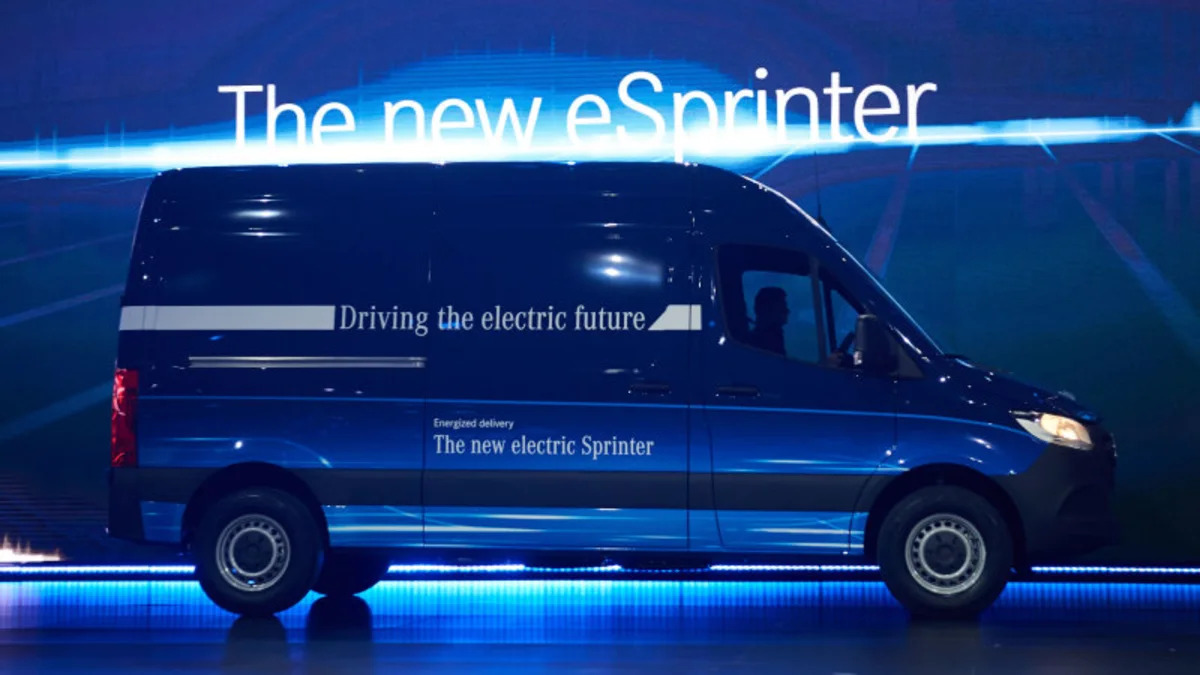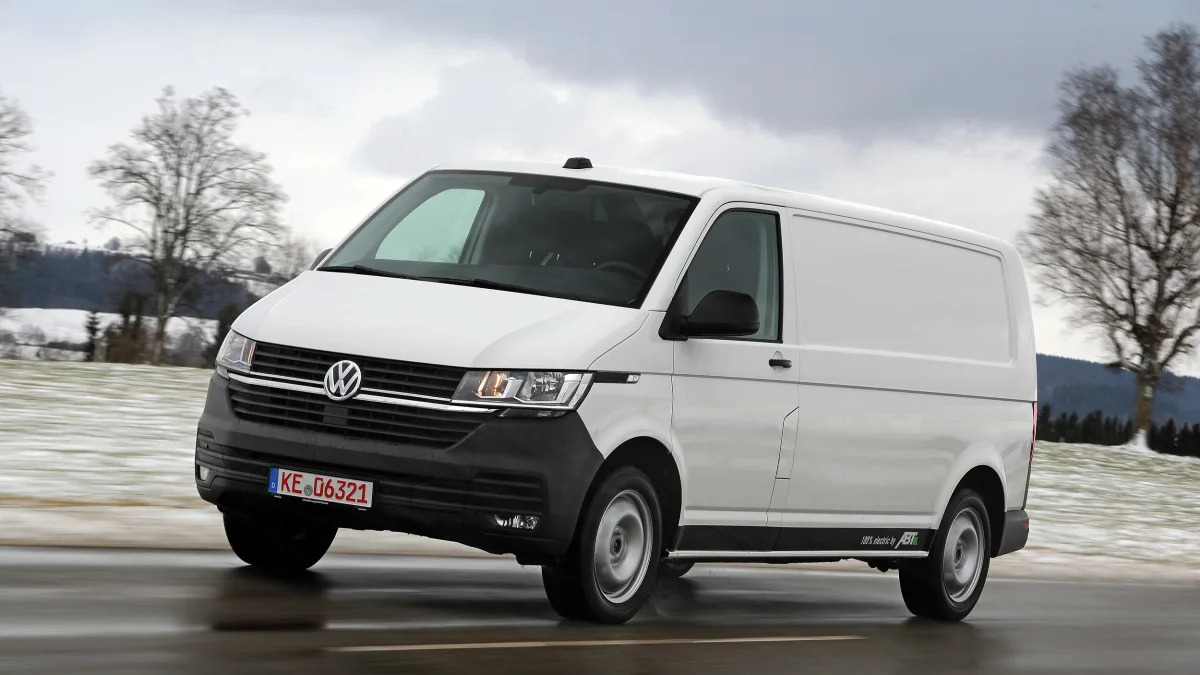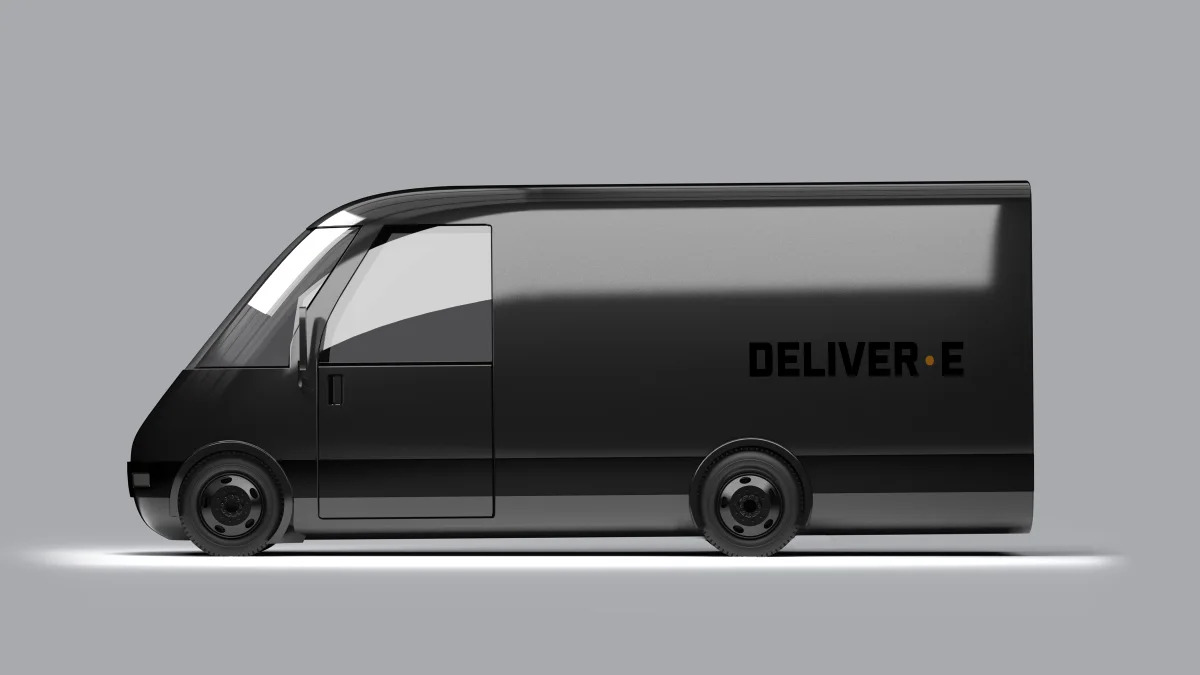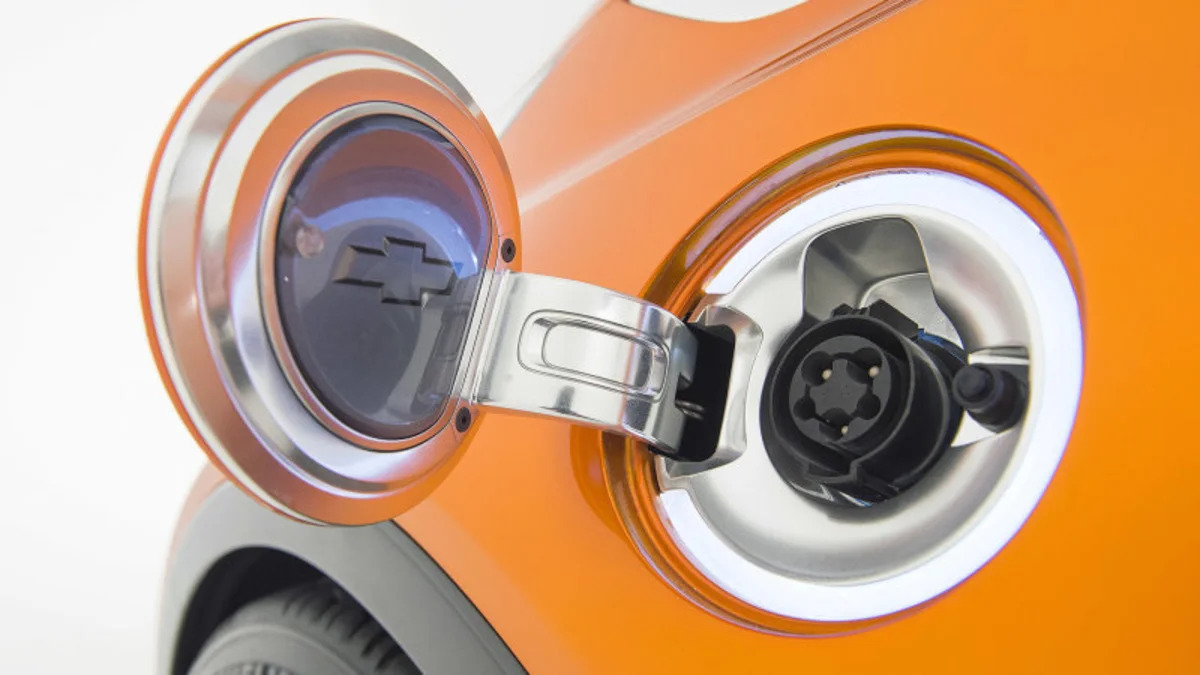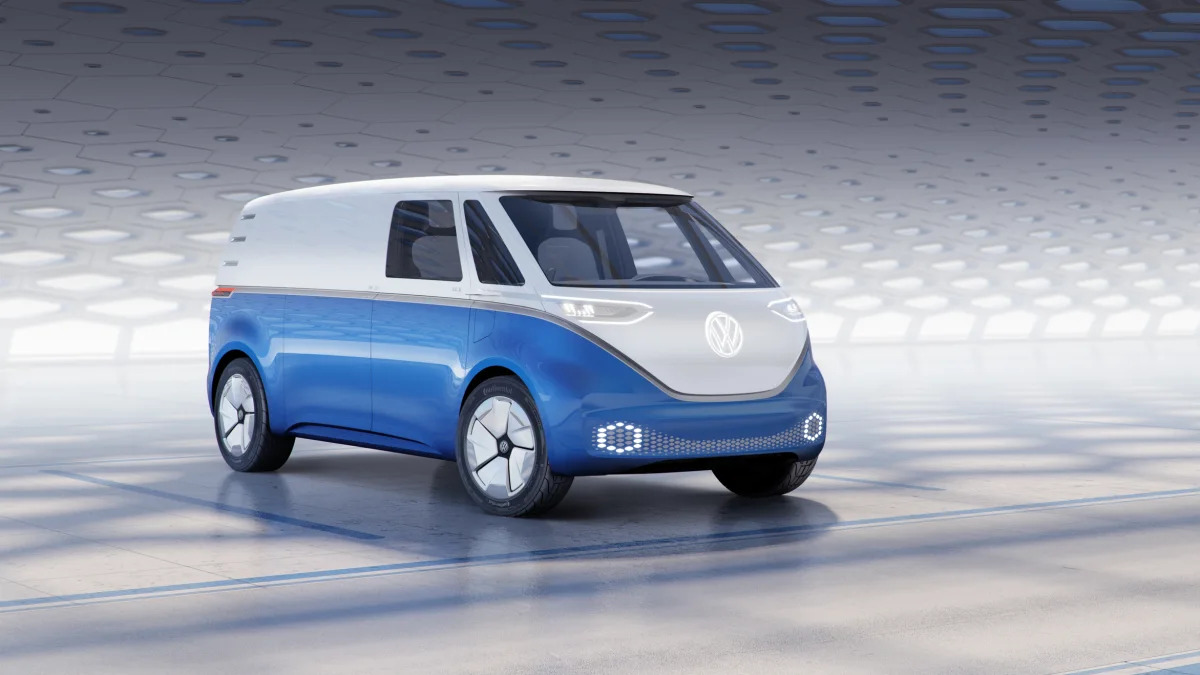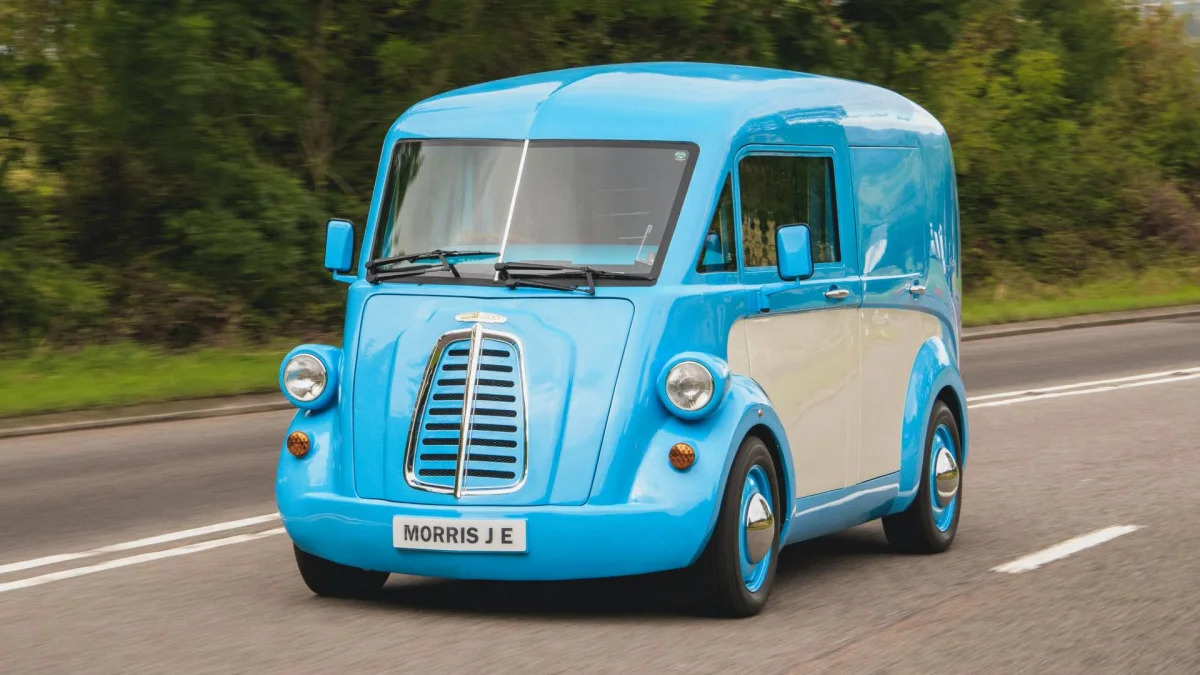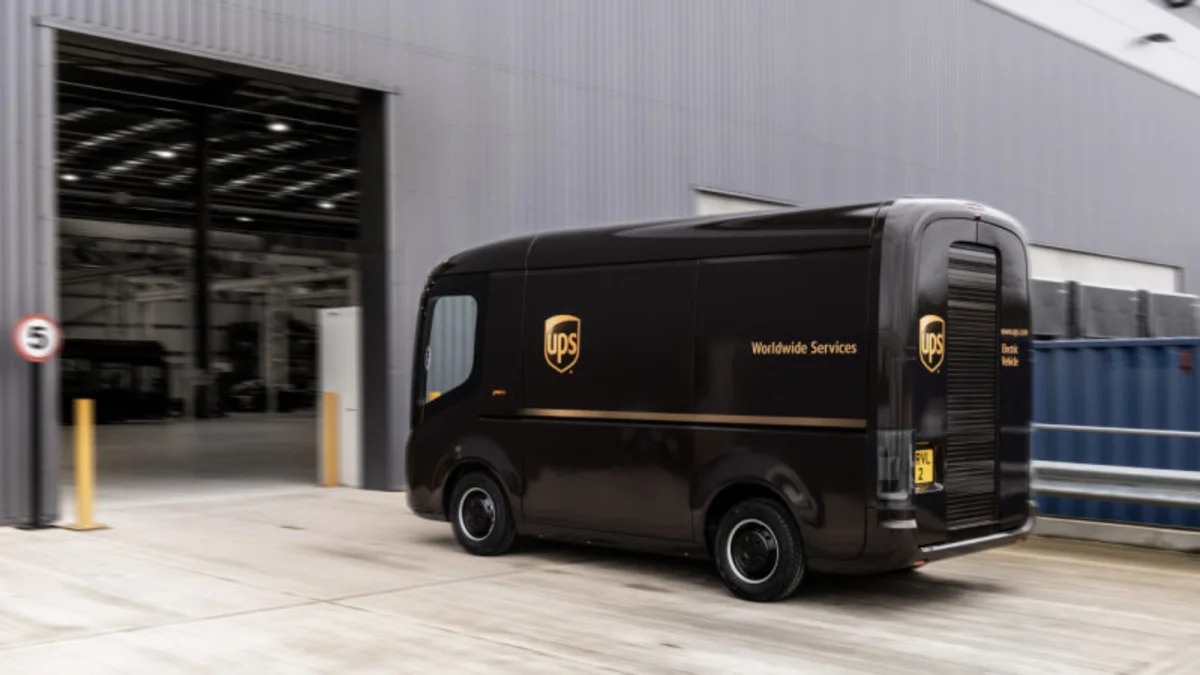These 9 electric vans will guarantee emissions-free deliveries
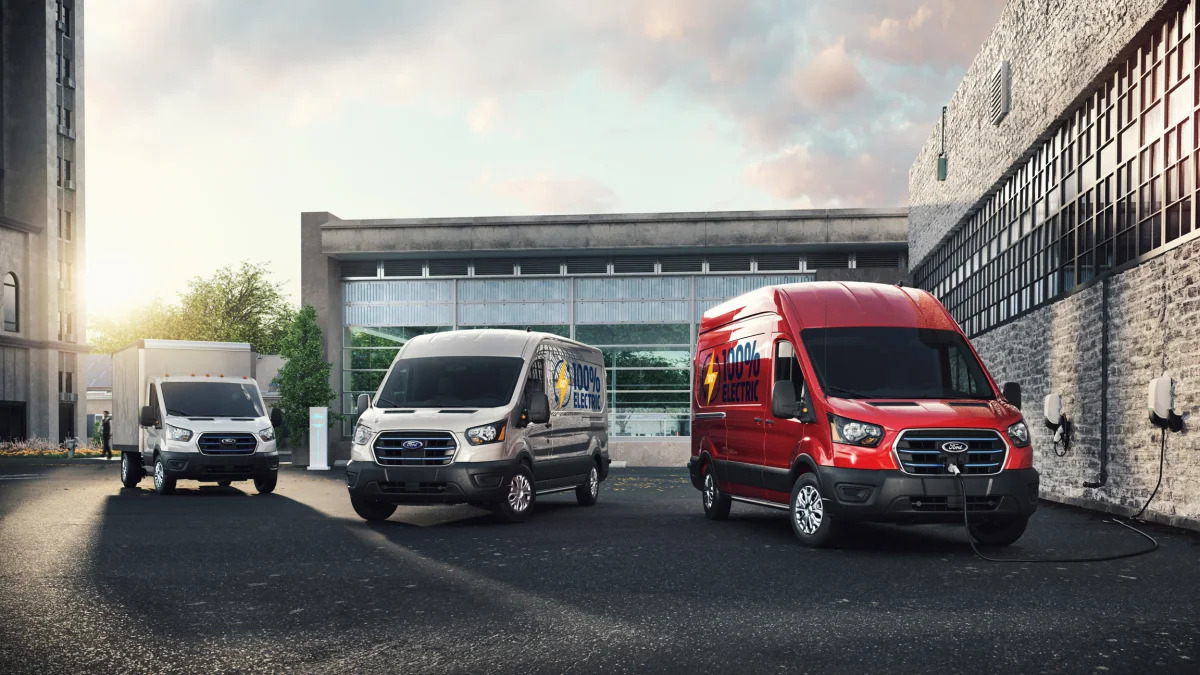
-

- Image Credit: Ford
These 8 electric vans will guarantee emissions-free deliveries
With the launch of the 2022 Ford E-Transit electric van series, the American market is about to see an unprecedented influx of battery-powered commercial vehicles. Fleet operators are facing challenges due to both regulatory considerations and pandemic-related customer demand spikes for delivery vehicles that promise sustainable operations. And, according to reports, they want more than just battery-powered versions of diesel- or gas-guzzling trucks and vans.
Fortunately, the industry appears poised to deliver. These eight all-electric delivery vans — from both stalwarts like GM, Ford, Mercedes-Benz and Volkswagen, along with startups like Rivian and Bollinger Motors — might just provide the solution customers are looking for, just in the nick of time.
-
- Image Credit: Ford
2022 Ford E-Transit
With 126 miles of range and 317 pound-feet of torque, Ford expects commercial buyers will find its new E-Transit appealing at its sub-$45,000 MSRP. We only have preliminary specifications for the 2022 E-Transit, but so far, it looks pretty good on paper. Ford is targeting 266 horsepower from its rear-mounted electric motor, which is comparable to the naturally aspirated 3.5L V6 currently offered as a base engine, which makes 275 hp and 262 lb-ft of torque; the 3.5-liter turbocharged EcoBoost engine makes 310 hp and 400 lb-ft.
-
- Image Credit: Bernd Thissen/picture alliance via Getty Images
Mercedes-Benz eSprinter
The first Mercedes-Benz eSprinter built was a front-wheel-drive high-roof panel van making 114 horsepower and 221 lb-ft of torque. Maintaining the Sprinter's cargo volume, the battery is located in the floor of the vehicle, and customers will have the choice between two battery sizes. With four battery units, the eSprinter has a capacity of 55 kWh. That's good for an estimated range of 104 miles and maximum payload of 1,964 pounds. A second option, which uses only three battery units, has a capacity of 35 kWh. It has a range of 71 miles, and due to the lesser weight of the pack, it has a higher max payload of 2,293 pounds. With integrated fast-charging, the eSprinter is capable of charging 80 percent of its battery in 30 minutes, Mercedes says.
-
- Image Credit: Amazon
Amazon-Rivian Delivery Van
Amazon and Rivian pulled the sheet off the first four-wheeled product of their new sustainability venture back in October. This custom, all-electric delivery van is the first of many Amazon plans to introduce to its fleet in the coming years. The van itself is fairly barebones and practical, as you'd expect from a delivery vehicle. While Amazon and Rivian remain tight-lipped regarding the van's exact specifications, they say it will offer 150 miles of total range, which would be class-leading unless something unexpected happens.
-
- Image Credit: Volkswagen
Volkswagen ABT eTransporter
Co-developed with German tuning company ABT, this electric VW Transporter sends 110 horsepower to the front wheels via a modified dual-clutch automatic transmission. Volkswagen explained it mounted the battery pack below the body to avoid compromising cargo capacity, which still checks in at 236 cubic feet, but it hasn't revealed the unit's capacity or weight. Regardless, the end result is a whisper-quiet, vibration-free van that requires very little maintenance, but also one that needs to be charged every 82 miles and that takes 17.4 seconds to reach 62 mph. Engineers clearly had urban use in mind when they set out to electrify the Transporter.
-
- Image Credit: Bollinger
Bollinger Motors Deliver-E
At this point, we're diving even further into future products. Bollinger Motors hasn’t yet begun production of its B1 and B2 electric off-road trucks, but it’s already using their underpinnings for an expanded product portfolio. Using a front-wheel-drive platform that will be tailored to fit the light- to medium-duty truck classes of 2B, 3, 4 and 5 vehicles, its Deliver-E electric delivery van will be offered with a variety of battery capacities ranging from 70 to 210 kilowatt-hours. It has a generously low load height of 18 inches, making it easier to step in and out, and it has a completely flat load floor. Bollinger will offer it in a variety of wheelbases, and each van will have universal charge ports and DC fast charging capability.
-
- Image Credit: General Motors
Unnamed GM Delivery Van
General Motors is reportedly developing an electric van aimed at business users, joining a growing list of carmakers planning EVs for the same segment, which includes customers such as Amazon and UPS. GM has yet to confirm its existence, but has said it plans to introduce at least 20 new all-electric vehicles by 2023, in a variety of body styles including sedans, trucks and crossovers. Insiders claim that GM wants to get ahead of dedicated EV builders such as Tesla before they're able to establish inroads into the commercial side of the business.
-
- Image Credit: Volkswagen
VW ID.Buzz Cargo Concept
In case Volkswagen's upcoming I.D. Buzz electric microbus looked like a retro-inspired cutesy people carrier, VW's Commercial Vehicles division is making sure it'll hold its own as a work van as well. Volkswagen has released photos of the I.D. Buzz's Cargo variant concept.
VW says the Cargo's payload is nearly 1,800 pounds, and that it'll have an IoT-connected shelving system that helps keep track of all the items on board. The van's doors can be opened electrically. Compared to the regular Buzz, the Cargo's rear overhang is longer for logistical reasons. The Cargo rides on the electric MEB platform, which Volkswagen says is a good fit for a commercial vehicle due to its low center of gravity and ability to free up interior space.
-
- Image Credit: Morris
Morris Commercial JE
There's no way we could drop the VW ID.Buzz Cargo in here and NOT include the Morris Commercial JE. Equally cute, charming and retro-inspired (and basically only a step removed from vaporware at this point), Morris envisions the JE as an urban delivery vehicle. It's capable of hauling 2,200 pounds in its 194-cubic-foot cargo compartment, a figure which makes it comfortably more capable of carrying large loads than the Ford Transit Connect, but less competent than bigger models like the full-size E-Transit. Its overall dimensions remain under wraps.
-
- Image Credit: Arrival
Arrival UPS Van
UPS has ordered 10,000 electric delivery trucks from UK-based builder Arrival. Teaming with self-driving startup Waymo, the company hopes to cut both costs and tailpipe pollution by transitioning toward self-driving delivery vehicles. Arrival's vans and trucks have a modular design that promises to be cheaper to build, maintain and customize to boot. Vehicle components are swappable and designed to be changed in 15 minutes or less. For example, left and right headlights are the same and can be installed in any size truck, "almost like putting Legos together," said Scott Phillippi, senior director of automotive maintenance and engineering at UPS.
This combination is a neat idea, but don't expect to see it in action until at least 2025.
